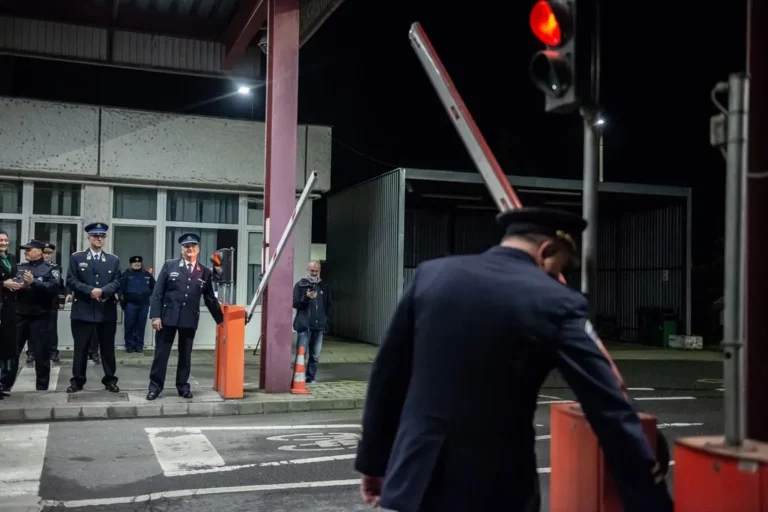Austria
Official: Austria and Hungary to connect their motorways

Hungarian President talked about anti-Semitism in Hungary in Vienna

Austrian expert: Severe flight delays caused by Hungarian air traffic controllers

BREAKING – PM Orbán founded new European party in Vienna: Patriots for Europe

PM Orbán won’t give up creating his block in the new European Parliament

Hungarians’ exodus number at historic high, jobless rate at negative peak!

Budapest to Taipei made simple with China Airlines’ Rail & Fly service!

End of Schengen at Hungary’s borders? Here’s Slovenia’s unforeseen decision

One of the largest petrol station networks in Hungary to undergo complete overhaul

Vacation: Here is how much an “Austrian euro” is worth in Hungary

Charges brought against 13 Hungarian and Romanian members of human trafficking gang

Breaking news – After Belgium, Austria supports the suspension of Hungarian voting rights

Fuel in Hungary: Is it still worth going abroad to fill up?

Putin-Orbán friendship: British generals shared Hungary’s disgraceful role after a Russian attack against NATO

Attention: Timetable changes on Budapest-Vienna railway line

BREAKING: Shocking accident in famous Hungarian circus

Unforeseen: Hungarian guest workers are leaving Austria – here is why

Breaking: Hungarian government to sue Spar






